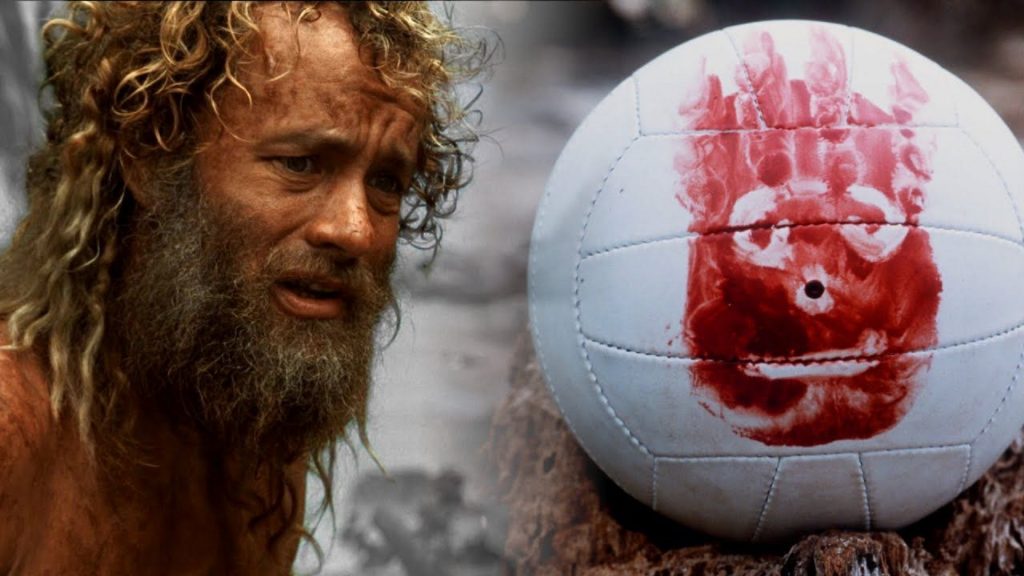From the complexity of human in the movie, “Broker”, to the dichotomous thinking of Borderline Personality Disorder

“Broker” is a Korean movie directed by a Japanese director, Kore-eda Hirokazu. The actor in the leading role, Song Kang-Ho was also awarded best actor in the Festival De Cannes this year. This is a movie about abandonment and baby trafficking. From the conventional level, abandoning one’s baby after giving birth and engaging in baby trafficking are considered as immoral and illegal acts. In the social media nowadays, it is common for people to showcase their happy family lives with their healthy children and enriched leisure family activities. People are very conscious about creating posts of their family to show the world that they have a blessed family. When we think deeply, do these postings really reveal the true family atmosphere and lives of those who are so eager to prove their blessed family lives?
In this movie, however, the differentiation between “good people” and “bad people” is blurrer than we used to think. The “broker”, acted by Song Kang-Ho, is not as cruel and cold-blooded as we think of people engaging in baby trafficking. He actually risked the possibility of being caught by sending the baby to the hospital when the baby was sick. On the contrary, the police who intended to arrest the “broker”, was so eager to see the baby being sold as soon as possible, so that she could arrest the “broker”. It seems that the police is having much less empathy for the baby than the “broker”. In fact, baby trafficking is illegal and unacceptable, and police’s work on arresting the criminals is contributing the good for the society. In this case, there is no definite “good side” and “bad side”. There is also good intention on the “broker” side and bad intention on the police side.
The whole movie is about the journey of a group of five people trying to find a buyer for the baby. The “broker” and the mother of the baby are in the group. There is no biological linkage of these five people as they are not family members. However, the connection of these five people is much more intimate and real than many of the families in the real world. They care about each other’s well-being in a causal way. In these five people’s heart, it seems that they treat each other as family members. In the end of the movie, the last scene was a photo of these five people hanging in the windshield of a van. Despite the driver of this van was unknown, I suspected it was the “broker”.
This movie is a very good analogy of all the grey areas in our lives. Contrasting with the thinking pattern of those with Borderline Personality Disorder (BPD), the “good” and the “bad” are not that definite. In fact, dichotomous thinking is a hallmark of those with this personality problem. They tended to see things in a very black-and-white terms. As a result, they tended to idealise others at the beginning of a relationship when they only can see their “good side”. Very often after a certain period when the “bad side” of others was revealed, they abruptly cut off the connection and started to see these people as totally “bad”. In other instances, they would interpret any sudden change of behaviors of the other party, such as their spouses, as a threat of abandonment, without thinking that there might be other possible reasons for their sudden change. This thinking pattern severely impacted the interpersonal relationships of this group of people.
For those with BPD, it is important for them to be mindful of their dichotomous thinking in many situations. They need to learn to be aware of their emotional outbursts in relation to their thinking pattern. After regulating their emotions, they need to try to see things in the grey area. It takes times for them to practice to think in a less dichotomous way.



